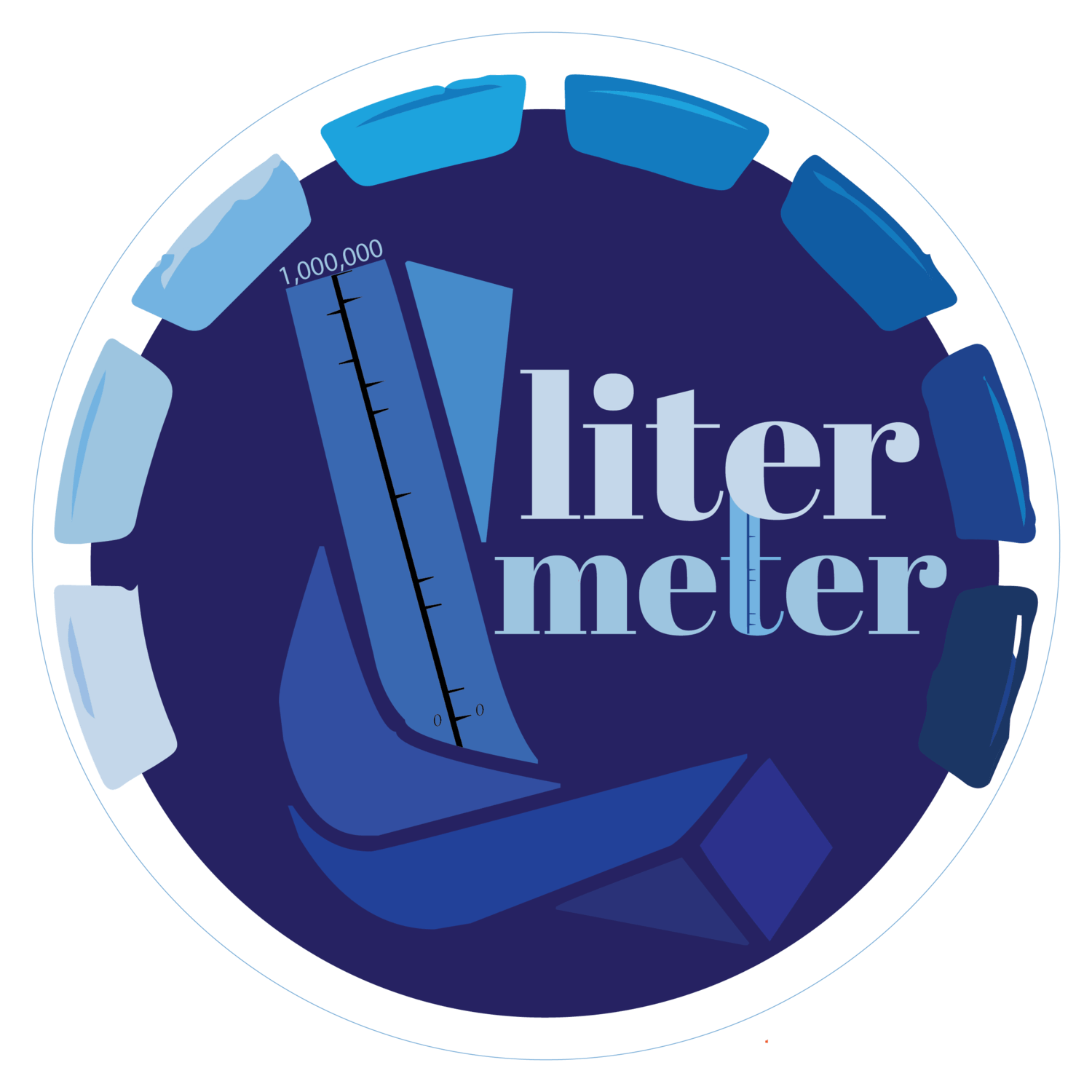

With a diverse population of 135.26 crore people, India has the second largest population in the world. According to the World Bank, India has taken significant steps to reduce poverty but the number of people who are low income is still highly disproportionate to the number of people who are middle-income or high income. While India has almost 4 % of the world’s water resources, its per capita water capita water availability of approx. 1500 cu. Meter per year categorizes it as a “water-stressed” area.
Although India has made improvements over the past decades to both the availability and quality of municipal drinking water systems, its large population has stressed existing water resources.Across the country, one of the largest issues faced by communities is the availability and quality of municipal drinking water. Inequity of water resources is also a challenge. Low-income communities struggle more to access clean drinking water, and rural communities have often been left out of formal water management systems. Rapid growth in India’s urban areas has stretched the present solutions for water accessibility and quality.Regardless of improvements to drinking water, many other water sources are contaminated with both bio and chemical pollutants, and over 21% of the country’s diseases are water-related. Water scarcity in India is expected to worsen as the overall population is expected to increase to 1.6 billion by 2050. To that end, global water scarcity is expected to become a leading cause of national political conflict in the future, and the prognosis for India is no different.


One concern is that India may lack overall long-term availability of replenishable water resources. While we have a large network of rivers and lakes, deforestation, climate change and encroachment have reduced the water availability from these sources. While India’s aquifers are currently associated with replenishing sources, the country is also a major grain producer with a great need for water to support the commodity. As with all countries with large agricultural output, excess water consumption for food production depletes the overall water table. Many agriculture communities in India often drill wells to access groundwater sources and such water system add to the overall depletion of water.
Prime Minister Narendra Modi has identified the water crisis as one of the biggest challeges to the nation. Through the Jal Shakti Abhiyan and Jal Jeevan Mission he has galavanized the nation to act towards water security. Massive integrated outlays are being planned for river cleansing, water body linkages, piping networks in rural india, onsite water purification and monitoring and finally many of the conservation techniques which we also promote in this website.

WHY LITERMETER
We firmly believe that urban water conservation can play a leading role in reducing the effects of India’s water crisis.
The LiterMeter website will be a hub to inform, track and organize community action. Its easy-to-use interface will help people identify simple but novel methods to conserve water and log information about the water they have saved. The website will help you learn how much water you’re using and set benchmarks for conservation of water.
In the future, with usage of IOT enabled sensors, we could even track water usage in real time and sending a usage warning to your device or smartphone if you’re nearing overuse.
The website is designed to be used by homeowners, offices, factories ( for non-industrial use) for promoting water conservation but can also be used by water service providers, and government officials to achieve simple water demand projections for a community.
This website encourages the users towards water conservation by requesting a pledge – no costs, no obligations but a moral commitment to reduce water consumption.
By promoting greater responsibility when utilizing water, the project endeavors to save 1 million liters of water.
Our assessments of water usage are based on standard usage estimates provided by Indian Standards and in some cases International Standards. Similarly, our water conservation estimates are based on public data or researched anufacturer data wherever we have suggested a particular course of action.
Our recommendations are quantifiable – these measures can help determine progress toward a long term water conservation goal. The water conservation suggestions included in our menu are considered to be generally cost effective and applicable for users.
